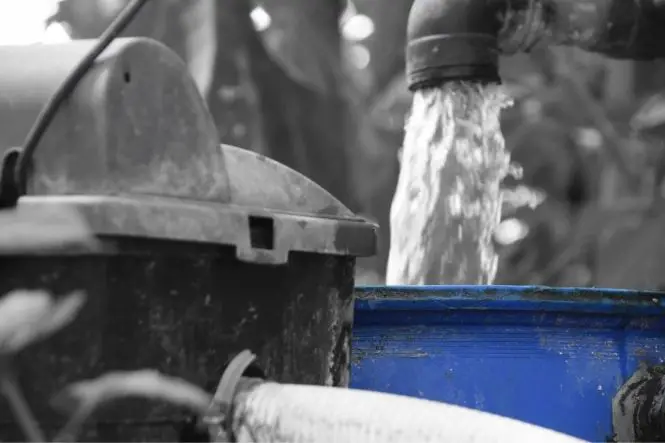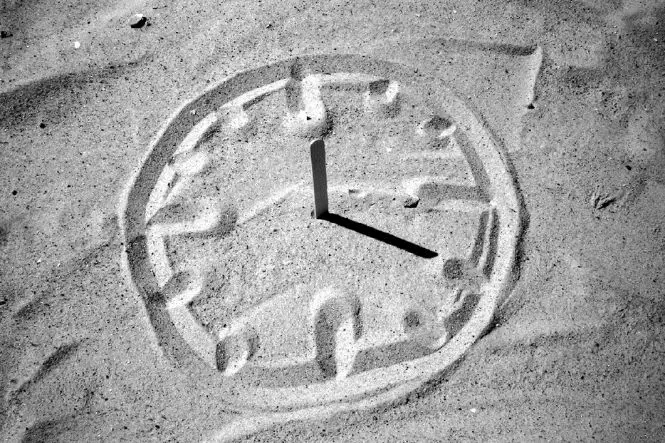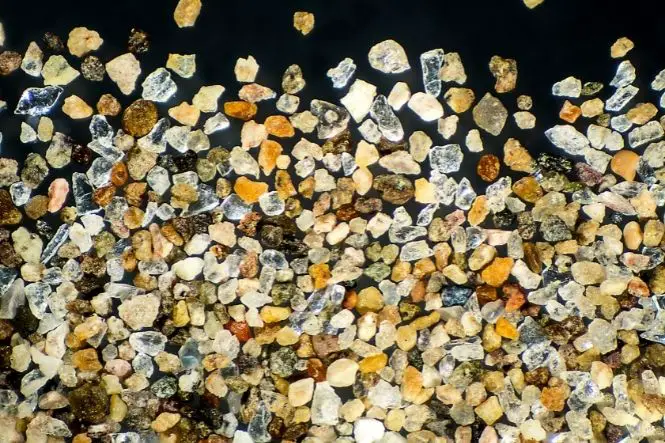Desalination means taking the salt out of salty water (from lakes or the sea) to make fresh, drinkable water.
How Does Desalination Work?
The two main ways to remove the salt (and other impurities) from water are through distillation and osmosis. In distillation, the water is heated to form a vapour, and then condenses on a surface and is collected, leaving the impurities behind (see ‘Condensation and Dew’).
Osmosis uses a membrane that only water molecules can pass through – this is known as a semi-permeable membrane. The water molecules will move from a less concentrated (hypotonic) solution to a more concentrated (hypertonic) solution. This will continue until both solutions are the same concentration
Solar distillation is used in the developing world to purify water. Water is placed in a black tray, and covered by a sloping sheet of glass. The heat from the sun makes the water evaporate. This hits the glass and condenses on it, and is collected to use as drinking water.
Portable desalination packs can use a concentrated syrup (this is the hypertonic solution) to pull water molecules through an osmotic membrane from seawater (this is the hypotonic solution). This creates a clean drink, often fruit flavoured, and with a high calorific value, which is ideal for emergencies. This is known as forward-osmosis desalination, and doesn’t require power, but does require a sugar solution and can only be done on a small scale.
Larger, powered desalination units use ‘reverse-osmosis desalination’. This uses high pressure to force the water molecules through the semi-permeable membrane. These need poser, but can produce large amounts of water (rather than flavoured drinks).
Making a Solar -Powered Desalination Unit
Make up a salt solution by mixing salt into warm water and then letting it get cool. Try a tiny amount of the solution – how does it taste? Use seawater instead if there is any available.
Put a small bowl into the bottom of a larger glass bowl with high sides (the sides must be higher than the small bowl, and fix it in place with a small blob of Plasticine or Blu-Tack. Pour some salt solution into the larger bowl, but don’t let it go into the smaller bowl. Cover the bowl with cling film, and put a couple of coins on the cling film, directly above the bowl, to make the cling file dip a little (it shouldn’t touch the smaller bowl).
Leave the bowl in bright sunlight for a few hours. Condensation should form on the cooler cling film and drip into the smaller bowl. Taste the water that has dripped into the bowl – does it taste salty? See if it makes more fresh water in a cool place or a warm place? Does swapping the glass bowl for a dark bowl make any difference? What about making aluminium foil reflectors?
Water evaporates more quickly in a warm place compared with a cool place, so will form more condensation. Dark surfaces absorb more warmth from the sun than light surfaces, so will speed the process up, as will aluminium reflectors, which direct the sunlight onto the water.
Why Is Desalination Important?
More than 97% of the water on earth is salty. As the demand for fresh water for watering crops and manufacturing increases because of the growing global population, and the amount of rain falling in certain areas decreases because of climate change, desalination will become more and more important.
Desalination can also be important in emergencies – portable desalination packs can make small amounts of drinking water from seawater for people who are adrift in the ocean, or where earthquakes or hurricanes have cut off water supplies. Some can also work with dirty water.







